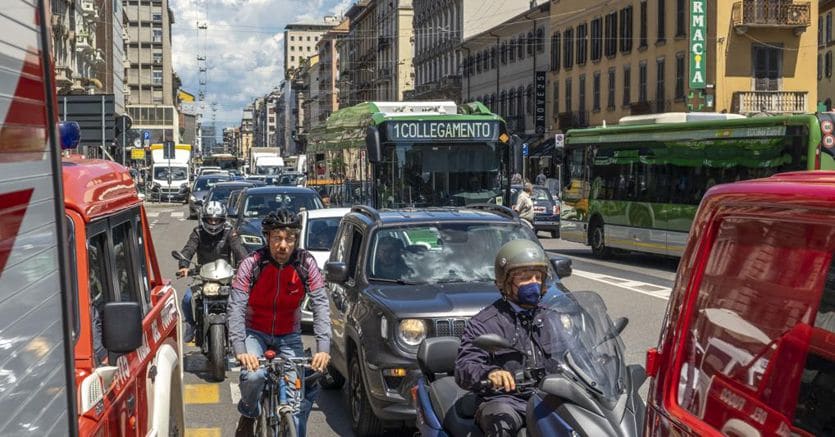Effect long Covid on local public transport (Tpl). The sector, which has 931 companies with 124,000 employees, 49,000 vehicles and which moves more than 15 million peoplehas been deeply affected by the pandemic, with users fleeing from buses, trams and subways. And even today, especially among the more mature segments, there is still a widespread fear of contagion, while the share of younger users (18-25 years), albeit a minority, has returned to travel on public transport, also due to the lesser appeal exercised from the driving licence, which compared to previous generations is experienced as a burden that can be postponed.
Final balances and forecasts
On a national average, the loss of passengers transported, and consequently of fare revenues, was equal to –50% in 2020 and -42% in 2021 compared to 2019 (last year before Covid). And the soaring costs driven by expensive energy also weigh on companies’ balance sheets. In addition to the changed working habits, legacy of practices and lifestyles consolidated in these three years (smart working).
To detect the state of the art of local public transport is Asstrathe association of public transport companies, which is celebrating its national conference at the Maxxi museum in Rome.
In 2022, while the overall demand for citizens’ mobility (public and private), especially in the first half of the year, seems to have accelerated, with almost 100 million daily trips on weekdays, a volume very close to the pre-pandemic threshold ( -6% compared to 2019), the demand for LPT is still far from pre-Covid levels. A survey conducted by the Asstra research office found an estimated loss of demand, compared to 2019, equal to -21% for 2022 and -12% (estimated) for 2023.
The collapse of passengers has led to a proportional drop in traffic revenues, compromising the economic and financial balance of companies and public transport service contracts. A note from Asstra explains: «The current availability of the lost revenue fund, established by article 200 of Legislative Decree no. 34/2020, is not sufficient to ensure coverage of the losses that the sector recorded in 2021 and in the first months of 2022. Despite a further intervention carried out under the 2023 budget law, the requirement to cover the lost revenues of the 2021 is even 500 million euros and further 300 million euros for 2022″.
